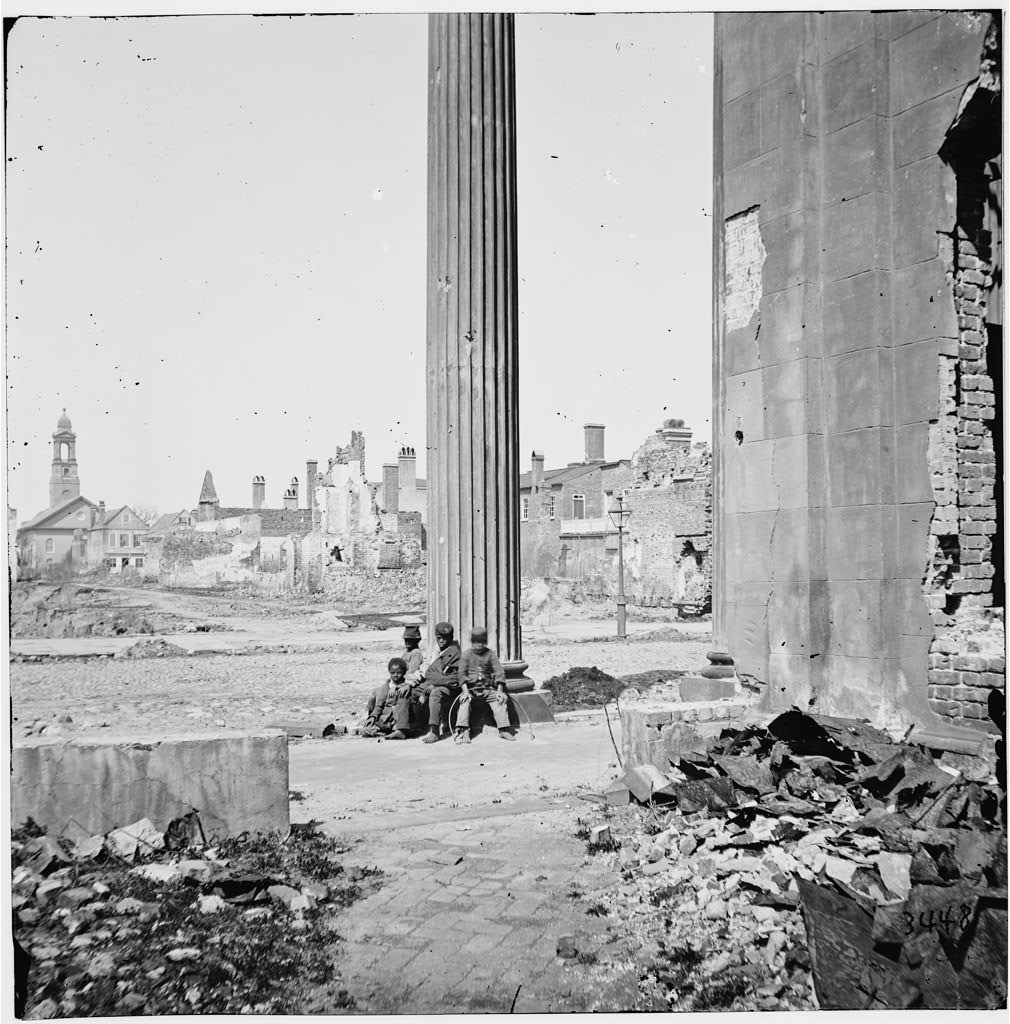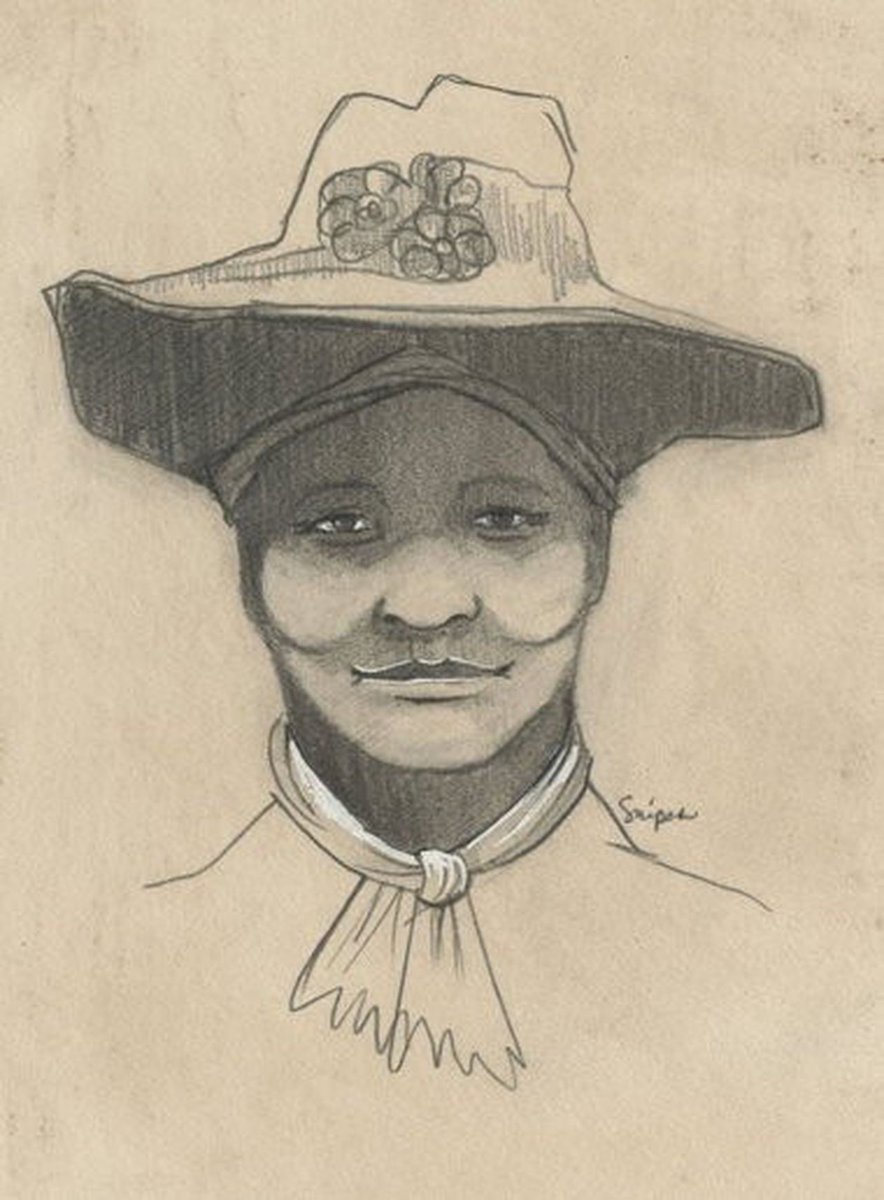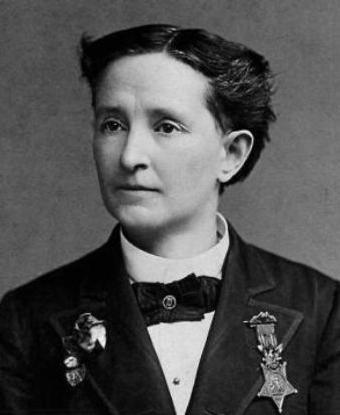
#OTD in 1865 Charleston, South Carolina Mayor Charles Macbeth surrendered the city to Lieutenant Colonel A.G. Bennett of the 21st United States Colored Troops. The city had been under siege since the summer of 1863 and its harbor contained Ft. Sumter, where the war began. 

Confederate General Beauregard ordered the evacuation three days earlier, nearly four years after he commanded the initial assault of Ft. Sumter in April, 1861. By the afternoon a company of the 54th Mass. (USCT) was helping to extinguish the flames set by the retreating rebels. 

Many of the first Union soldiers to enter Charleston were from the USCT and they left a wake of liberation for Black Charlestonians who were legally enslaved the day prior. Days later the 55th Mass. (USCT) walked the streets of downtown singing "John Brown's Body." 

A Northern war correspondent described the scene:
"A City of ruins, —silent, mournful, in deepest humiliation…The band was playing ‘Hail, Columbia,’ and the strains floated through the desolate city, awakening wild enthusiasm in the hearts of the colored people…"
"A City of ruins, —silent, mournful, in deepest humiliation…The band was playing ‘Hail, Columbia,’ and the strains floated through the desolate city, awakening wild enthusiasm in the hearts of the colored people…"

The same American flag that previously flew over Ft. Sumter was raised back again during a ceremony there on April 14, 1865. President Lincoln was assassinated the next day in Washington D.C. Robert E. Lee surrendered to U.S. Grant at Appomattox only days prior on April, 9. 

Those in attendance at the flag raising ceremony were Henry Ward Beecher, William Lloyd Garrison, Denmark Vesey's son, Robert Vesey, and Major Martin R. Delany.
The bombardment of Ft. Sumter had occurred almost exactly 4 years earlier on April 12, 1861.
The bombardment of Ft. Sumter had occurred almost exactly 4 years earlier on April 12, 1861.
#BHM #BlackHistoryMonth #Blackhistorymonth2022 #BHM2022 #CivilWar #USCivilWar #AmericanCivilWar #History #USHistory #AmericanHistory #twitterhistorians #OnThisDay #ThisDayInHistory
• • •
Missing some Tweet in this thread? You can try to
force a refresh








